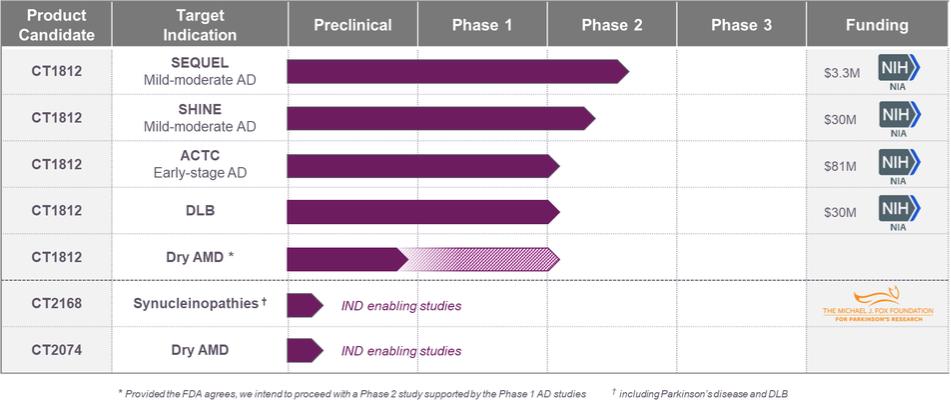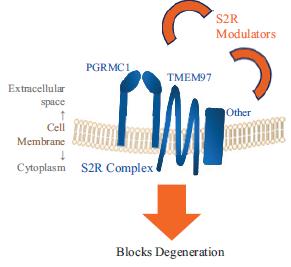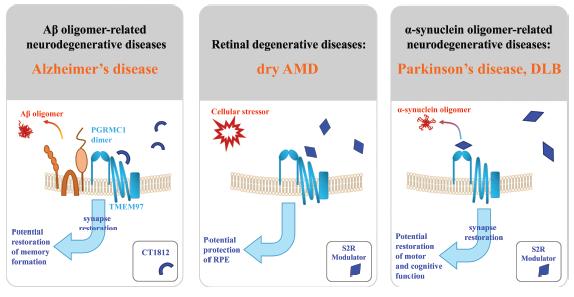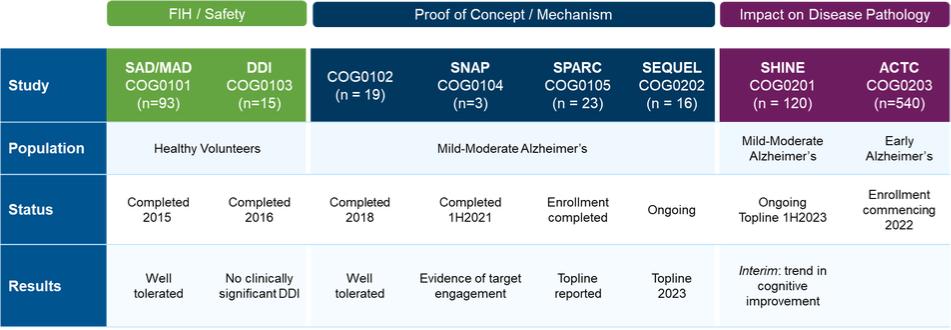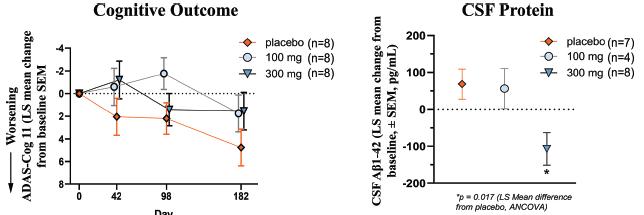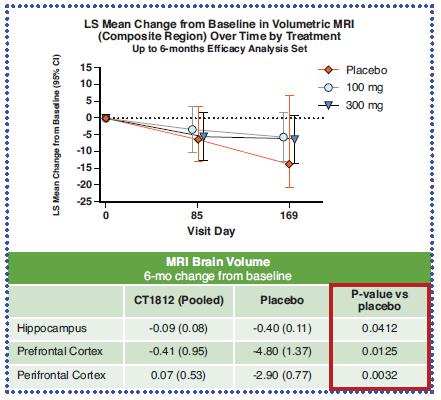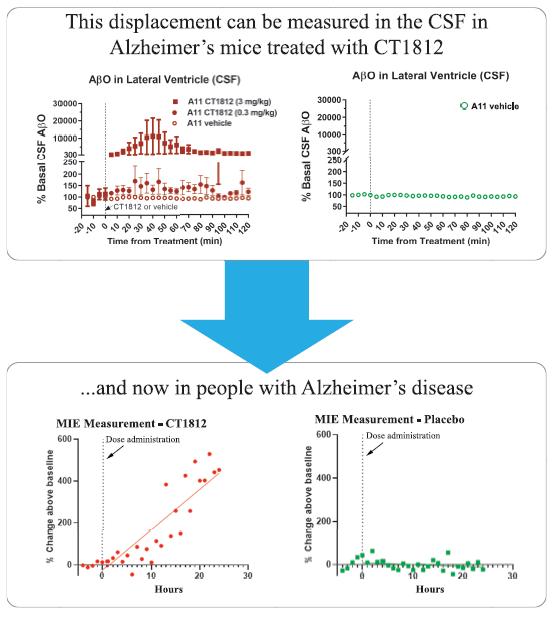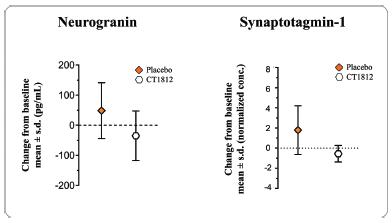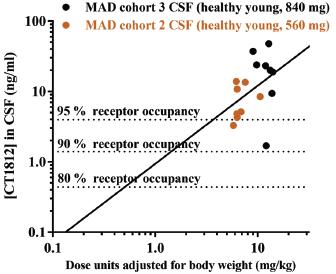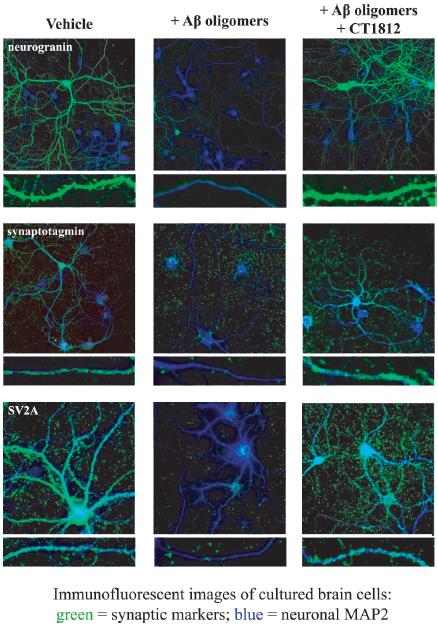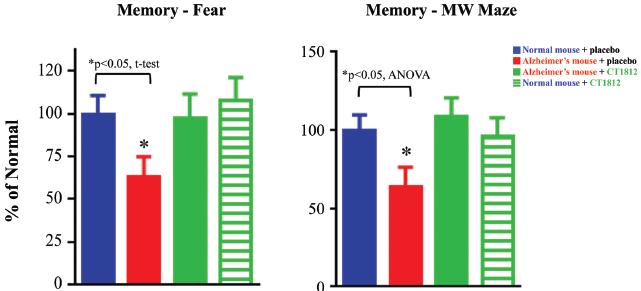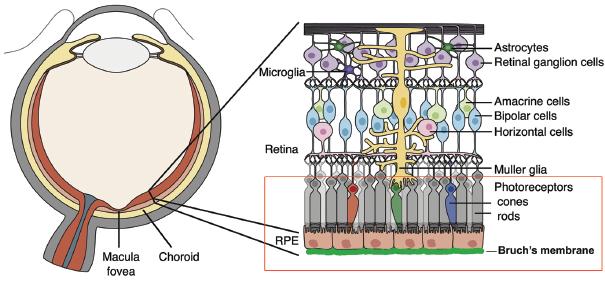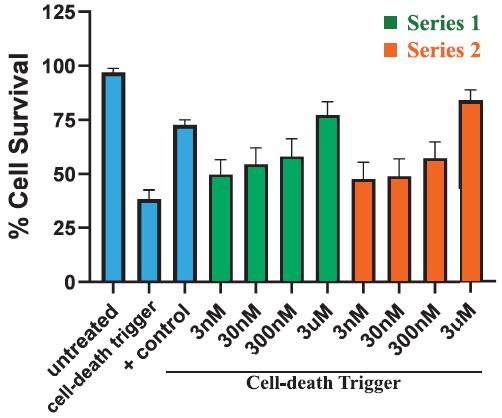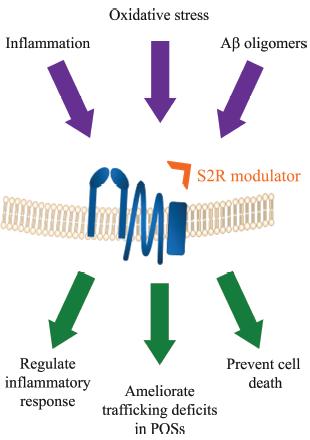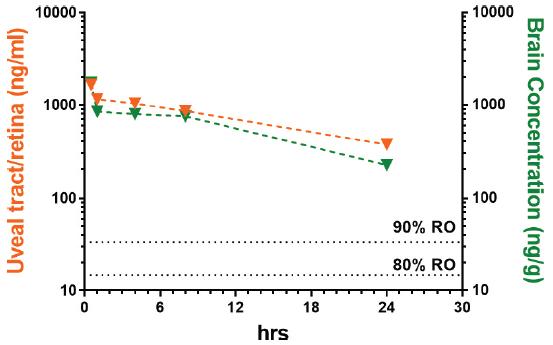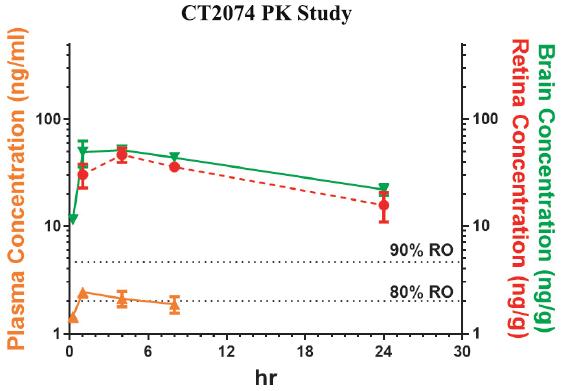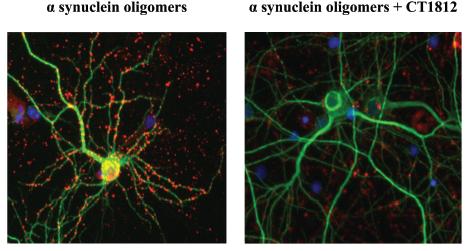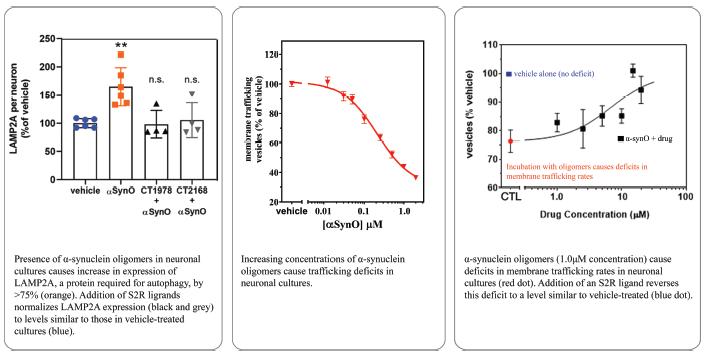directly compete with our current or future product candidates. We anticipate that we will continue to face increasing competition as new therapies and combinations thereof, technologies, and data emerge.
In addition to the current standard of care treatments for patients with neurodegenerative diseases, numerous commercial and academic preclinical studies and clinical trials are being undertaken by a large number of parties to assess technologies and product candidates in the CNS field.
Many of our competitors, either alone or in combination with their respective strategic partners, have significantly greater financial resources and expertise in research and development, manufacturing, the regulatory approval process, and marketing than we do. Mergers and acquisition activity in the biopharmaceutical sector is likely to result in greater resource concentration among a smaller number of our competitors. Smaller or early-stage companies may also prove to be significant competitors, particularly through sizeable collaborative arrangements with established companies. These competitors also compete with us in recruiting and retain qualified scientific and management personnel and establishing clinical trial sites and patient registration for clinical trials, as well as in acquiring technologies complementary to, or necessary for, our programs.
Our commercial opportunity could be reduced or eliminated if one or more of our competitors develop and commercialize products that are safer, more effective, better tolerated, or of greater convenience or economic benefit than our proposed product offering. Our competitors also may be in a position to obtain FDA or other regulatory approval for their products more rapidly, resulting in a stronger or dominant market position before we are able to enter the market. The key competitive factors affecting the success of all of our programs are likely to be product safety, efficacy, convenience and treatment cost.
Employees and Human Capital Resources
As of March 1, 2022, we had 21 employees, 19 of whom were full-time and 15 of whom were engaged in research and development activities. Seven of our employees hold Ph.D. or M.D. degrees. None of our employees are represented by a labor union. We consider our relationship with our employees to be good.
Our human capital resources objectives include, as applicable, identifying, recruiting, retaining, incentivizing and integrating our existing and new employees, advisors and consultants. The principal purposes of our equity and cash incentive plans are to attract, retain and reward personnel through the granting of stock-based and cash-based compensation awards, in order to increase stockholder value and the success of our company by motivating such individuals to perform to the best of their abilities and achieve our objectives.
Government Regulation
Government authorities in the United States, at the federal, state, and local level, and other countries extensively regulate, among other things, the research, development, nonclinical and clinical testing, manufacture, quality control, approval, labeling, packaging, storage, record-keeping, promotion, advertising, distribution, post-approval monitoring and reporting, marketing, and export and import of products such as those we are developing. Generally, before a new drug can be marketed, considerable data must be generated, which demonstrate the drug’s quality, safety, and efficacy. Such data must then be organized into a format specific for each regulatory authority, submitted for review and approved by the regulatory authority.
U.S. Drug Development Process
In the United States, the FDA regulates drugs under the federal Food, Drug, and Cosmetic Act, or FDCA, and its implementing regulations. The process of obtaining regulatory approvals and the subsequent compliance with appropriate federal, state, local and foreign statutes and regulations require the expenditure of substantial time and financial resources. Failure to comply with the applicable U.S. requirements at any time during the product development process, the approval process or after approval may subject an applicant to administrative or judicial sanctions. These sanctions could include the FDA’s refusal to approve pending applications, withdrawal of an approval, a clinical hold, warning letters, product recalls, product seizures, total or partial suspension of production or distribution, injunctions,
